Green Peas Seeds (Pisum sativum)
Green Peas Seeds, Growing green peas is a simple and rewarding process that yields delicious, nutritious peas for fresh eating or cooking. By providing proper care, including consistent watering, support for climbing varieties, and pest control, you can enjoy a bountiful harvest of this versatile legume in your garden.
- Estimated Delivery : Up to 3 business days
- Free Shipping & Returns : On all orders over ₹550 in Bangalore
Green Peas Seeds, Green peas are a cool-season crop that is easy to grow and offers a bountiful harvest of fresh, sweet peas.
1. Seed Selection
• Choose high-quality, disease-resistant seeds.
• Look for varieties that suit your growing conditions, such as snap, snow, or shelling peas.
• Consider dwarf varieties for small spaces or trellised varieties for vertical growth.
2. Planting Time
• Plant peas in early spring, 4-6 weeks before the last expected frost date.
• In warmer regions, you can plant a fall crop 6-8 weeks before the first frost.
• Peas thrive in temperatures between 45-75°F (7-24°C).
3. Soil Preparation
• Peas prefer well-draining, loamy soil rich in organic matter.
• A soil pH of 6.0-7.5 is ideal.
• Work in compost or well-rotted manure to boost fertility, but avoid adding too much nitrogen as peas fix their own nitrogen.
4. Seed Sowing
• Sow seeds 1 inch deep and 2 inches apart, with rows spaced 18-24 inches apart.
• Inoculating seeds with rhizobium bacteria can improve nitrogen fixation and yield.
• Keep the soil moist but not waterlogged after sowing.
5. Germination
• Seeds typically germinate in 7-14 days at soil temperatures between 50-75°F (10-24°C).
• If planting in cooler conditions, ensure the soil is well-drained to prevent rot.
6. Watering and Care
• Water peas regularly, especially during flowering and pod formation, keeping the soil evenly moist.
• Mulch around the plants to retain moisture and suppress weeds.
• Provide support with stakes, trellises, or pea netting if growing taller varieties.
7. Fertilizing
• Peas typically don’t need much fertilizer.
• Apply a balanced fertilizer (NPK 10-10-10) at planting if the soil is poor.
• Avoid heavy nitrogen fertilizers, as this can lead to excessive leaf growth rather than pea production.
8. Pests and Diseases
• Watch for pests like aphids, pea weevils, and powdery mildew.
• Use neem oil, insecticidal soap, or row covers to manage infestations.
• Practice crop rotation to avoid soil-borne diseases like root rot and fusarium wilt.
9. Harvesting
• Harvest peas 60-70 days after planting, when pods are plump but still tender.
• For shelling peas, wait until the peas inside are fully formed.
• Snap peas and snow peas should be harvested when the pods are still flat and edible.
10. Seed Saving
• Leave some pods on the plant to mature and dry completely for seed saving.
• Once the pods turn brown and dry, collect the seeds and store them in a cool, dry place.
Conclusion
Green Peas Seeds, Growing green peas is a simple and rewarding process that yields delicious, nutritious peas for fresh eating or cooking. By providing proper care, including consistent watering, support for climbing varieties, and pest control, you can enjoy a bountiful harvest of this versatile legume in your garden.

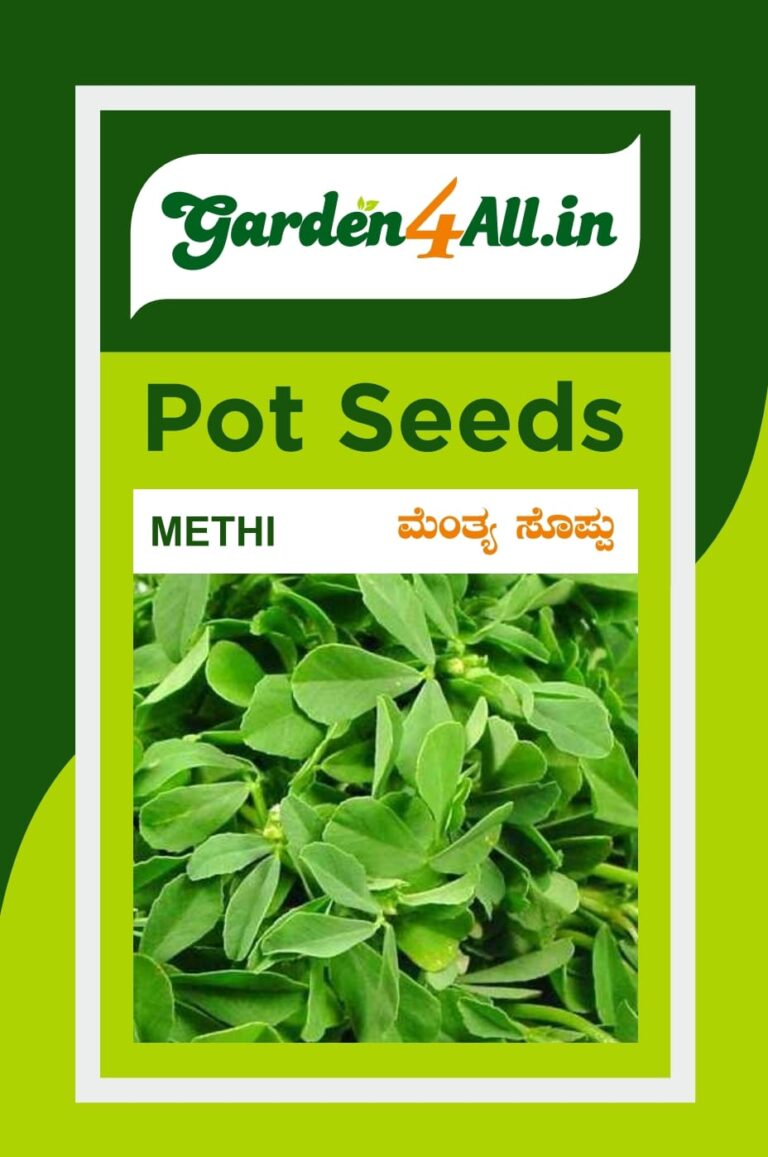
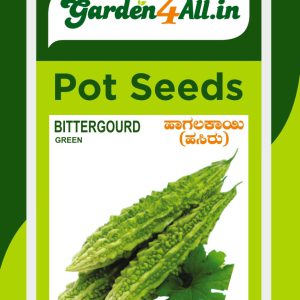
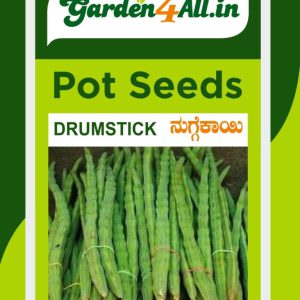
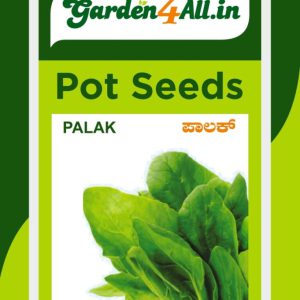
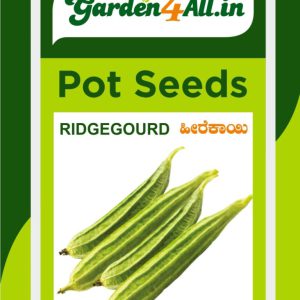
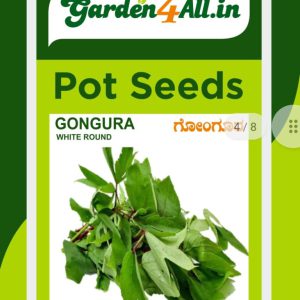
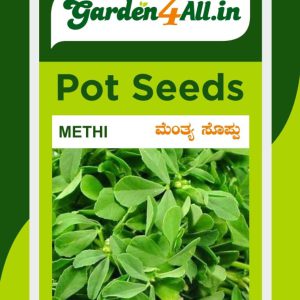
Reviews
There are no reviews yet.